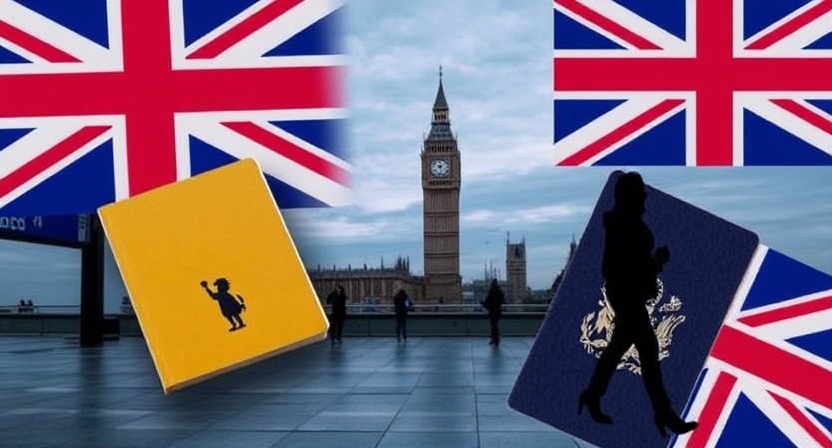The UK government has rolled out a series of changes to its immigration policies, with a focus on balancing workforce needs, strengthening border control, and reducing net migration. These updates are critical for anyone working, studying, or planning to move to the UK. Let’s break down the key developments you need to know.
1. The Government’s Push to Cut Immigration
The UK government has announced a new strategy aimed at reducing immigration by focusing on training and upskilling the domestic workforce. This plan targets industries such as healthcare, construction, and technology, where there is a growing demand for skilled workers.
While this initiative sounds promising, critics argue that reducing skilled worker visas could create further gaps in sectors already struggling to find talent. Experts suggest that a balance is necessary to avoid disruptions to vital services, like healthcare and housing projects.
2. Skilled Migrants: A Key to the Economy
A recent report highlights the significant economic contributions of skilled migrants to the UK. On average, skilled migrant workers contribute more in taxes and public funding compared to UK-born workers. This finding challenges the perception that immigration adds pressure to public services.
Sectors such as healthcare, IT, and engineering have particularly benefited from migrant talent. Reducing the number of skilled visas could result in a loss of revenue, further straining the UK’s public services.
3. Construction Sector Facing Worker Shortages
The UK construction industry is facing a severe shortage of skilled workers, which is delaying major projects, including housing developments. Despite the government’s focus on reducing reliance on foreign labor, a decline in apprenticeship programs has left the industry struggling to attract enough local workers.
Industry leaders emphasize that immigration remains critical to meet workforce demands. Without skilled migrant workers, achieving the government’s housing targets may be impossible.
4. Stricter Border Control and Deportation Measures
The government is tightening measures to prevent individuals from re-entering the UK illegally. This follows investigations revealing that some deported individuals exploited loopholes to return. New border control systems are being implemented to strengthen security and close these gaps.
These changes are part of a broader strategy to maintain border integrity while ensuring that deportation rules are strictly enforced.
5. Electronic Travel Authorisation (ETA) Introduced
Starting in January 2025, the UK will introduce a new Electronic Travel Authorisation (ETA) system. This will require non-European visitors to apply for authorization before traveling to the UK.
The ETA aims to improve border security and streamline entry processes, ensuring safer and more efficient travel. Visitors will need to apply online and receive approval before arrival. This system mirrors similar processes already used by countries like the USA and Canada.
6. Transition to Digital Immigration Status (eVisas)
The UK is moving away from physical immigration documents with the introduction of eVisas. All visa holders are encouraged to switch to a digital status, which simplifies the process of verifying immigration status.
eVisas will replace traditional Biometric Residence Permits (BRPs) and make it easier for visa holders to update and access their information. This transition is expected to improve convenience and reduce administrative delays for both individuals and border authorities.
7. Net Migration Sees a Decline
The latest figures from the Office for National Statistics reveal a decline in net migration, falling from 906,000 to 728,000 over the past year. This drop reflects the government’s tighter immigration rules and efforts to control migration levels.
While the decline aligns with government targets, critics warn that restricting skilled migration could negatively impact key sectors and economic growth.
Conclusion: What Does This Mean for You?
These updates highlight the UK government’s ongoing efforts to balance immigration control with workforce demands. Key takeaways include:
- A focus on developing local talent to reduce reliance on skilled migrant workers.
- Stricter border control measures and the introduction of pre-travel ETAs.
- The ongoing digital transformation with eVisas replacing physical permits.
If you’re planning to move to the UK, stay informed about these changes, as they could impact visa applications, job opportunities, and travel requirements.
Stay Updated with The UK Insider
For the latest news on UK immigration, visas, and expat life, subscribe to The UK Insider! Don’t forget to leave your thoughts in the comments and let us know how these changes might affect you.
Reliable Resources for Updates
- UK Government Official Immigration Hub: GOV.UK
- Home Office Announcements: UKVI – GOV.UK
- Citizens Advice for Legal Support: Citizens Advice


